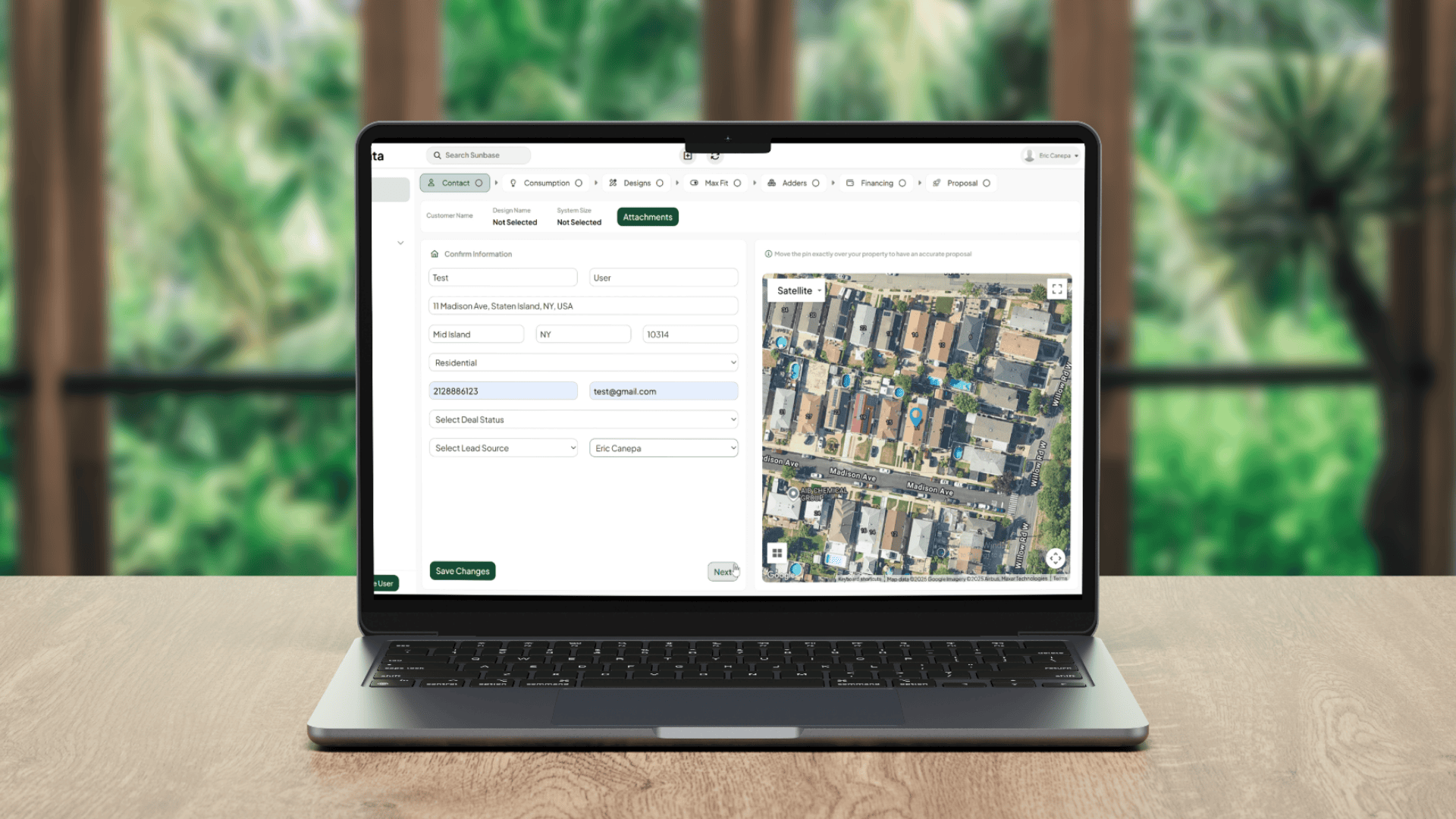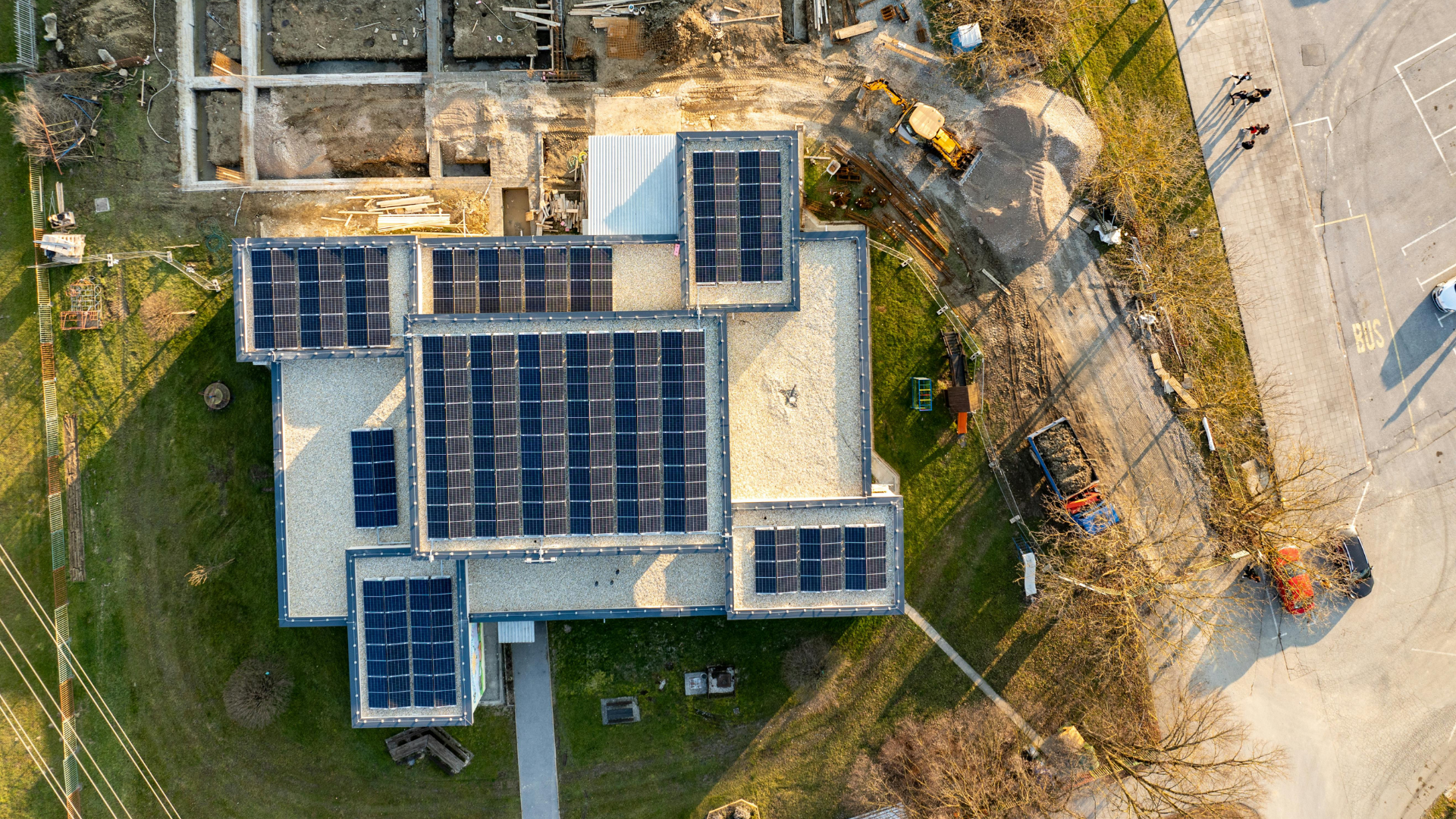November 3, 2022
What is solar design?
Designing a solar system involves understanding the sun's path across the sky and the amount of sunlight that hits a particular location. Solar designers use this information to determine the best placement for solar panels and calculate the ideal angle for them to capture sunlight. In addition, solar designers must account for shading from trees, buildings, and other objects that could block sunlight from reaching the panels. By taking all of these factors into consideration, solar designers can create a custom solar system that will maximize power production and minimize costs.
There are a variety of solar design software programs available that can help with the design process. These programs allow users to input data about their location, sun path, and shading factors. The software then uses this information to generate a custom solar system design. Solar design software can be a valuable tool for solar companies, as it can help them create efficient and cost-effective solar systems for their customers.
How to design solar panel system using solar design software?
Solar panel design is the process of creating a solar panel system that will meet your energy needs. There are many different factors to consider when designing a solar panel system, including the type and size of panels, the orientation and angle of the panels, and the location of the panels. Solar design software can help you determine the best way to configure your panels to maximize their efficiency.
There are a few key steps to designing a solar panel system:
1. Determine your energy needs:
The first step is to determine how much energy you need to produce in order to meet your energy needs. This will help you determine the size and number of panels you will need.
2. Choose the right type of panels:
There are a variety of different types of solar panels available on the market, each with its own advantages and disadvantages. You will need to select the type of panels that best meet your needs.
3. Determine the orientation and angle of the panels:
The orientation and angle of the panels will affect how much sunlight they receive, and therefore how much energy they produce. Solar design software can help you determine the best orientation and angle for your panels.
4. Choose the location for the panels:
The location of the panels is important for two reasons: first, because it affects how much sunlight they receive; and second, because it affects the aesthetics of your home or business. Solar design software can help you find the best location for your panels.
5. Determine the size of the panels:
The size of the panels will affect how much energy they produce. Solar design software can help you determine the best size for your panels.
Solar panel design is a complex process, but solar design software can help you navigate the process and find the best way to configure your panels to meet your energy needs. With solar design software, you can experiment with different panel types, orientations, angles, and locations to find the configuration that produces the most energy for your needs. Read this blog to know everything about this topic more in depth.
Sunbase solar design software
Sunbase solar design software was developed to help businesses who install solar panels adapt PV designs or layouts to suit a range of various requirements. The software is responsible for creating project module designs that maximise use of available space and incorporate roadways that are dynamically located and unaffected by site obstructions and weather conditions. Solar pv installers may discover hyper-focused property owners in any sector with efficiency and accuracy using the Sunbase Solar Design Proposal Software Model. Solar installers can use a number of solar design resources it provides to standardise solar project from conception to execution.
Solar Design Software can be launched by Sunbase Solar Software to construct PV module projects. Once an address has been selected, the required installation area may be plotted and panels can be made. Solar experts can decide on the equipment to use, and capacity can be calculated based on surface area. The roof pitch, panel azimuth, and panel orientation are all taken into consideration during the construction of the PV system in order to simulate PV Watt output. Layout the PV arrays, metres, and battery walls. Whether your company is tiny, medium-sized, or large, you can scale it using our solar design software at a reasonable price. Solar installers are able to use it with ease.
Solar experts can store design and image files for solar modules in prospect and customer records. Include the graphics in your solar proposals to increase sales and to assist potential customers visualise their potential PV installations. The best aspect of Sunbase, an industry-specific software package with extensive capabilities, is that it provides a single solution for all problems.
Features You should make sure the solar software you choose includes all the features you'll need to create a successful system.
The features listed below are available in Sunbase:
1. Instruments to decrease the number of calculations or mathematical operations needed to determine the size of solar array a potential customer would need to install in order to obtain a particular monthly utility offset.
2. Resources to determine orientation, create additional arrays, and locate solar panels that won't fit in the primary site's space.
3. A programme that allows you to designate a location for an array, select an installation site, map an address, and render solar panels based on roof pitch, orientation, and azimuth.
4. Designing tools, such as where to place additional system parts like battery barriers, utility metres, or even circuit-breaker panels.
5. Instruments for automatically incorporating designs into different forms or templates to enhance your solar renewable energy contracts, proposals, and other documents. This is done using Sunbase solar proposal software. Avoid downloading and copying data from one tool to another to save time and effort.
Conclusion
Sales design is the whole process of designing a sales system. A sales system is a collection of tools and processes that you use to find, qualify, multiple versions and close more deals with customers in affordable subscription fees. The goal of sales design time is to create a repeatable process that helps solar professionals or sales reps achieve your desired results. In this article, we’ve covered the basics of how to design a solar panel system using solar design software. We looked at each step in the process and explained what you need to consider in order to get the most out of your solar installation.
About Sunbase
Sunbase helps solar companies succeed through a suite of Solar CRM tools like Solar Lead Management Software, Solar Proposal Software, etc.! To book your free demo or an appointment, contact us here!
One Platform. Zero Chaos. Run Your Entire Business in One Place.
Sunbase replaces your CRM, proposals, scheduling, job tracking, and reporting tools — all inside one clean, connected platform.
About Sunbase
The All-In-One Platform to Run Your Entire Business
Sunbase helps you organize operations, streamline daily workflows, and manage everything - from first customer contact to final project deliver- in one connected system.
Our Mission
- Organize your business.
- Optimize your workflow.
- Automate what slows you down.
Why Businesses Choose Sunbase
One Connected Workflow
Replace scattered tools and manual processes with a single platform that brings together your team, tasks, customers, jobs, and performance data.
🌎 Global Presence
Serving the United States, Canada, India, LATAM, Australia, and 10+ international markets.
👥 11,000+ Users
Trusted by contractors, installers, project managers, sales teams, and field technicians.
🏗️ Built for All Sizes
From small contracting teams to fast-growing enterprises, Sunbase adapts to your workflow.
Useful Links For You
Stop Managing Your Business Manually. Automate It.
Sunbase automates workflows, reduces mistakes, and helps your team get more done - without hiring extra staff or juggling multiple tools.











